FAQ
Answers to the most common questions about the TR Site.
From May 1 to November 2, 1901, a world’s fair called the Pan-American Exposition was held in Buffalo, New York. The ultimate legacy of the “Pan-Am” was as far-reaching as it was unexpected.
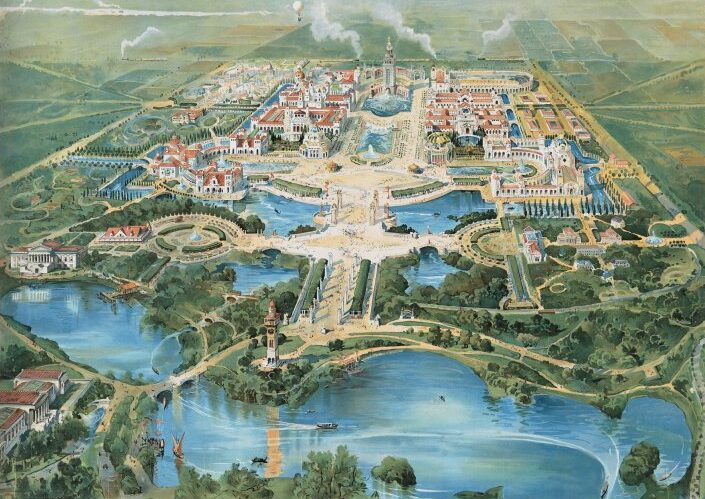
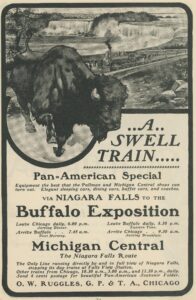
At the turn-of-the-twentieth-century, Buffalo, New York (population: 350,000) boasted a number of advantages that appealed to world’s fair planners. Buffalo was the eighth largest city in the United States, and also located within a five hundred-mile radius of the most-populous cities in North America. The city’s easy access to an extensive transportation network of ships and rails was especially important in an era before private cars dominated travel. Moreover, Buffalo’s proximity to Canada and a world-famous natural wonder (Niagara Falls) made it an attractive spot to hold a world’s fair.
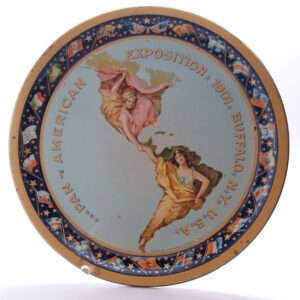
Buffalo’s Pan-American Exposition highlighted the cultures and achievements of Western Hemisphere nations. Taking place not long after the Spanish-American War, the Exposition sought to promote cooperation and improve trade relations between the countries of North, South, and Central America.
The Pan-American Exposition also served as an opportunity to display exciting new technologies that had been developed during the previous century.
One of the most important new technologies showcased at the “Pan-Am” was electricity, and organizers were especially interested in opportunities to highlight the untapped potential of electric power.
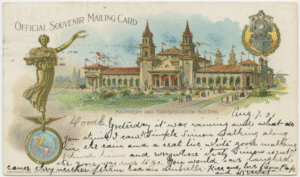
The Pan-American Exposition was held on a 350-acre site in north Buffalo from May through November of 1901. It took $7 million and 20 months to build dozens of temporary buildings made from wood and plaster. Painted according to an intricate color scheme, the buildings were brightly-colored and inspired the nickname “Rainbow City.” Their ornate features blended classical architecture with Spanish influences from Latin America. Inside, visitors enjoyed cultural, artistic and technological exhibits. There were also midway attractions, sporting events and concerts.
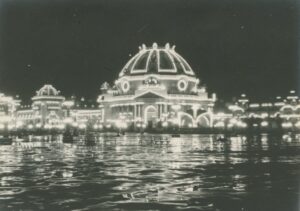
Each evening, hundreds of thousands of eight-watt light bulbs were gradually illuminated and outlined the buildings, reflecting pools, fountains and sculptures that occupied the Pan-Am grounds. This was the first massive display of electric power in the United States and many people came to think of the Exposition and Buffalo as the “City of Light”. The power plants at Niagara Falls (approximately 25 miles away) provided the electricity and, in the eyes of people accustomed to gas, oil and candlelight, the effect was both beautiful and startling. Thomas Edison even recorded the nightly wonder with one of his early moving picture cameras.
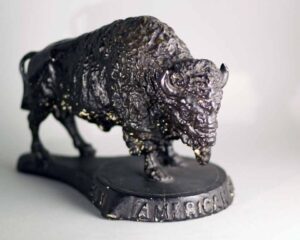
Despite much anticipation and publicity, the “Pan-Am” did not reach its expected attendance goal. Cool, rainy weather in the spring and summer kept people away. By the time the weather improved in September, the Exposition was then overshadowed by the assassination of President McKinley. When it closed on November 1, only eight million people of the projected twenty million had actually visited the Exposition.
Within a year, most evidence of the Exposition had disappeared. The tract of land it occupied soon gave way to residential and commercial property. The New York State Building, one of the few permanent structures built for the Exposition, is now The Buffalo History Museum. A few buildings and parts of buildings remain scattered throughout the area and “Pan-Am” souvenirs are now much sought after memorabilia.
Aside from the McKinley assassination, the “Pan-Am” had some positive effects on the city of Buffalo. Millions of visitors were drawn to this center of commerce, industry and transportation. Many decided to make Buffalo their permanent home. Industrialists and entrepreneurs saw the potential of electricity and the area’s transportation network. New industries, including steel and automobile manufacturing, came to Buffalo or expanded here because of the virtues of the area extolled at the Exposition.
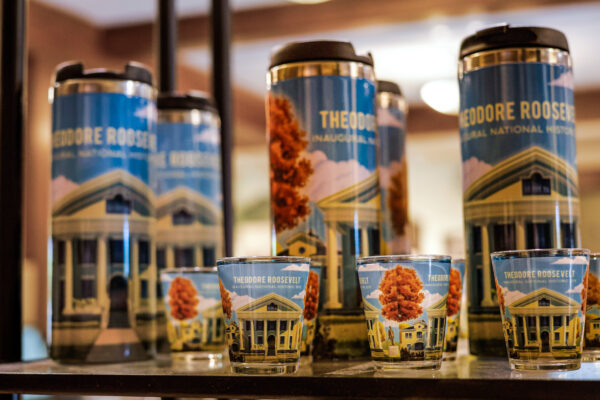
Answers to the most common questions about the TR Site.
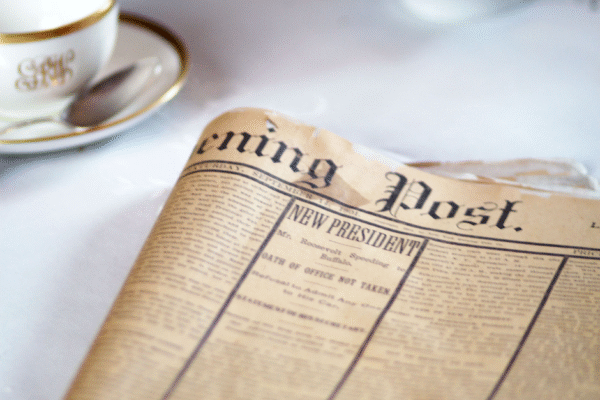
Tours are just the beginning! Check out our special programs...
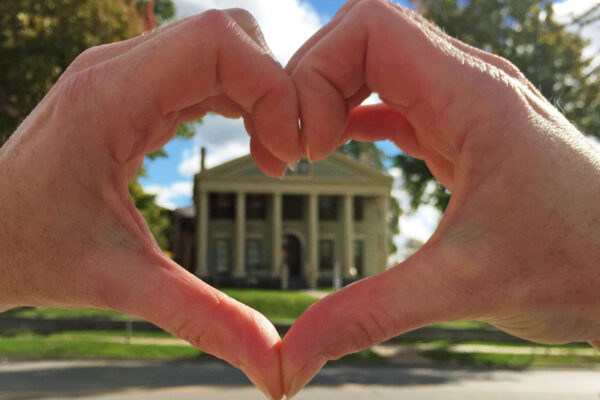
The "In-SITE" blog provides an insider's view of the TR...
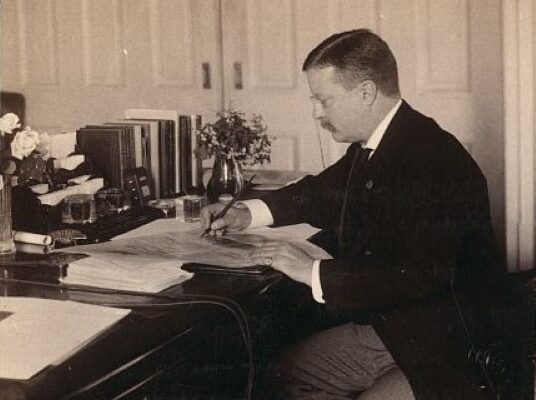
Get in touch! We'll answer your questions.